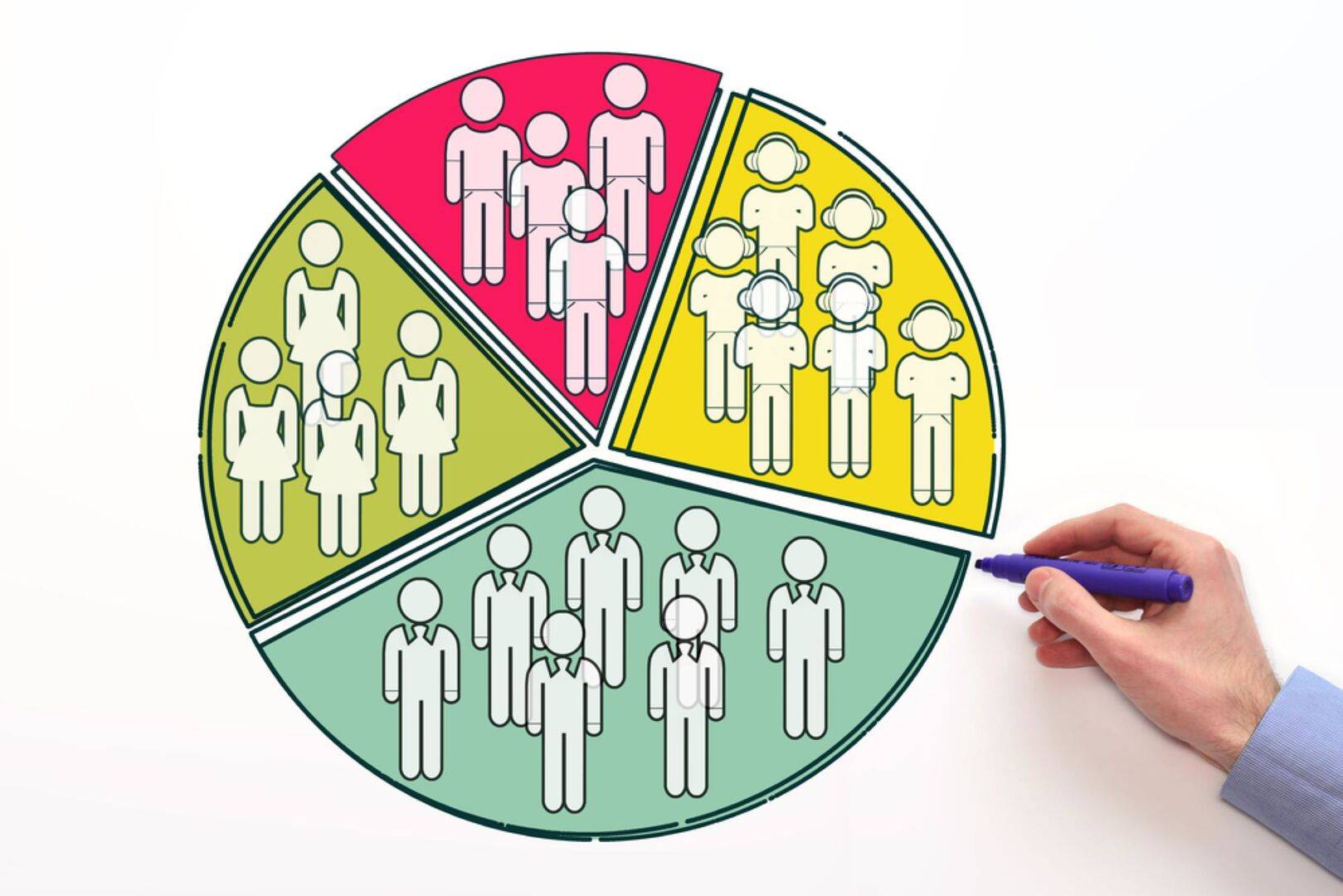
Think you can’t leverage consumer opinions for business-to-business marketing? Think again.
Consumer data can be quite powerful for marketing to business leaders. After all, many businesses are directly impacted by consumer perception. For example, perhaps your business sells specially formulated chemistries into hospitality environments to support their laundry programs. While your marketing takes a B2B approach, hotels are ultimately concerned with the overall guest experience. You can use insights about travelers and hotel guests when speaking to hospitality leaders to influence their purchasing decisions.
What’s the best approach for capturing and using consumer data and analytics? How can you effectively weave these insights into your B2B communication program to engage your target audience? Let’s take a closer look at how the end user influences brands, and how your business can use this to your advantage in its marketing.
Today’s consumers have greater access to information and an increasing number of options for goods and services compared to previous generations. Phones are essentially miniature computers that buyers can use to quickly peruse a brand’s social media channels, website or recent mentions in the news.
Consumers also have high expectations when it comes to the brands they support through their spending. For example, they want brands to take corporate social responsibility seriously. Brands that have a clear point of view around sustainability, diversity and philanthropy are better positioned to secure support when it’s time for customers to make buying decisions.
Tapping into consumer’s feelings and behaviors can be eye opening and extremely helpful for your long-term marketing goals. It can help brands better tailor their messaging to fit end users’ interests. Again, even if your marketing focus is B2B, there is value in learning more about consumers and communicating this information to your customers and prospects.
Polling the public can be a complex process if you don’t know how to approach it. To avoid the stress that frequently comes along with securing qualified and insightful data, it’s recommended that you work with a partner with the proper qualifications for consumer data collection. There are numerous options available for both phone surveys and online polling, including the Harris Poll, Gallup Poll and Dynata.
When building your survey, it’s important to work backwards from your desired headline to determine the structure of both the question and the responses. While you won’t be able to guarantee the exact findings, approaching the survey from this angle can help ensure you are setting up your messaging appropriately. Ask yourself what you hope to get out of this survey. What might your attention-grabbing headline be?
The survey partner should poll a large enough sample that is representative of the population. For example, surveying approximately 2,000 U.S. adults ages 18 and older allows your data to apply to all U.S. adults, making it much more compelling.
Once you have your survey findings in hand, identify the most compelling statistics. While overwhelming agreement on a response can be interesting, smaller statistics can also prove to be enlightening, possibly suggesting a shift or larger trend. For example, if just 1 in 10 Americans plan to get a shingles vaccine once they turn 50, this presents an opportunity for vaccine manufacturers to work closely with healthcare institutions to increase awareness of this preventative measure.
Then, work on incorporating your research into a variety of different projects and formats. For example, an animated video can tell a story with your data, while an infographic makes for a great sales tool for LinkedIn and in-person events. Consistently weaving survey findings into your brochures, blogs, articles, eBooks and other marketing materials will showcase that you understand end user concerns and interests and can help your customers better cater to these customers.
While consumer surveys are relatively affordable, it may not fit the current budget. Thankfully, it’s possible to take advantage of recently released research that’s already publicly available – as long as it doesn’t come from your competitor’s archives. Peruse surveys from Pew Research and the aforementioned survey partners, along with reports from trade publications and global or national organizations such as the World Health Organization and the U.S. Green Building Council depending on your topic of interest. Combine unique statistics with engaging visuals in your marketing materials to bring these facts to life.
Whether you conduct your own survey or repurpose public research, your content marketing campaigns will be more compelling when they’re rooted in fact. Highlighting consumer opinions and preferences in marketing materials like infographics, blogs, videos and even sales presentations can help convince your customers that your product/service and organization will help improve the experience with their end users.
Is your brand hoping to leverage consumer data to enhance your outreach to target audiences? Contact Mulberry today to learn how we’ve helped brands take advantage of these insights in their B2B campaigns.
Jess Messenger is an Account Director at Mulberry Marketing Communications, an award-winning full-service B2B communications agency based in Chicago, London and Australia. She enjoys developing PR campaign strategies and writing for B2B audiences across numerous verticals such as retail, foodservice and healthcare.